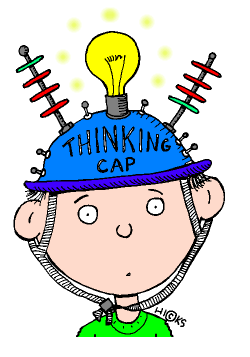
The individual set of self-regulation strategies that are usually used by successful students fall into three categories: personal, behavioral, and environmental.
- Personal: These strategies usually involve how a student organizes and interprets information and can include:
- Organizing and transforming information
- outlining
- summarizing
- rearrangement of materials
- highlighting
- flashcards/index cards
- draw pictures, diagrams, charts
- webs/mapping
- Goal setting and planning/standard setting
- sequencing, timing, completing
- time management and pacing
- Keeping records and monitoring
- note-taking
- lists of errors made
- record of marks
- portfolio, keeping all drafts of assignments
- Rehearsing and memorizing (written or verbal; overt or covert)
- mnemonic devices
- teaching someone else the material
- making sample questions
- using mental imagery
- using repetition
- Organizing and transforming information
- Behavioral: These strategies involve actions that the student takes.
- Self-evaluating (checking quality or progress)
- task analysis (What does the teacher want me to do? What do I want out of it?)
- self-instructions; enactive feedback
- attentiveness
- Self-consequating
- treats to motivate; self-reinforcement
- arrangement or imagination of punishments; delay of gratification
- Self-evaluating (checking quality or progress)
- Environmental: These strategies involve seeking assistance and structuring of the physical study environment.
- Seeking information (library, Internet)
- library resources
- Internet resources
- reviewing cards
- rereading records, tests, textbooks
- Environmental structuring
- selecting or arranging the physical setting
- isolating/ eliminating or minimizing distractions
- break up study periods and spread them over time
- Seeking social assistance
- from peers
- from teachers or other adults
- emulate exemplary models
- Seeking information (library, Internet)
Next Section: How-to Instruction for Self-Regulated Learning Strategies
Previous Section: Phases of Self-Regulation